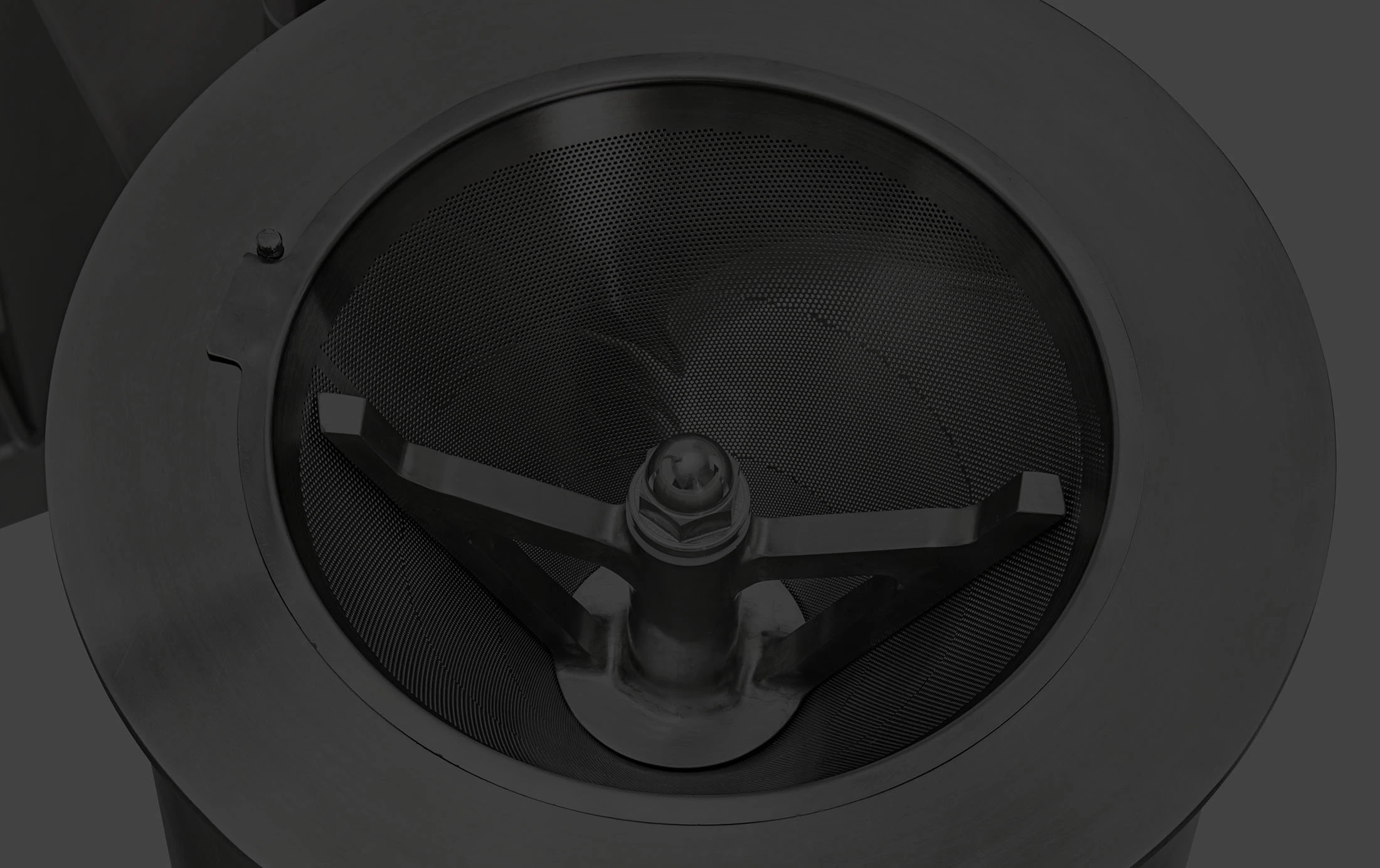The Quadro team works with a large customer base in over 80 countries, providing regular milling and particle sizing guidance. All our machines are designed and developed to the highest standards.
We appreciate that most materials vary in structure, and operators need guidance and advice to reach their desired target Particle Size Distribution and to produce reliable results. This is where our 45+ years of experience will prove invaluable in helping you to meet your preferred standards.
Whilst our team often comes across a varied range of milling questions, we regularly resolve some common issues experienced across various applications, from Pharma to Food. Whatever your need may be, our team is happy to help.
To assist you in solving some of the more common challenges, we have put together this short article covering some frequently asked questions.
- How do you scale from a lab mill to a production mill?
- What are the best methods to prevent overheating during the milling process?
- How do I select the Correct Mill Screen
Scaling Up Your Milling Process
How do you scale from a lab mill to a production mill?
The process is simple, if the same parameters are transferred, then the particles or powders are exposed to the same milling forces. Therefore, the screens/impellers must have the same profiles and all that will then be remaining is a simple calculation regarding RPM.
Learn more: read our article on choosing the mill screen for your bulk powder solids.
Milling Heat-Sensitive Pharmaceutical Powders
For heat-sensitive products, what are the best methods to prevent overheating during the milling process?
There are several things that can be done. Screen hole diameters and profiles are very important. For example, for dry milling, some commonly recommended hole profiles are round, grater (rasp) and Conidur. These profiles add resistance to the milling process and that resistance is increased or decreased depending on the hole diameter. Therefore, if you are experiencing problems with a particular screen hole diameter, one could use a hole size that is a little larger to reduce heat and then speed up the mill because the larger screen hole size will enlarge the particles. By increasing RPM, we are essentially making the apparent hole size smaller and then bringing the PSD back on target.
Learn more: read our article about milling head-sensitive materials.
Automatic Head Recognition & RPM Adjustments
With the interchangeable head system, is there a chance that the operator could set the wrong RPM for one of the heads?
With our SMART-detect™ technology feature, the answer is “no”. Once a head is installed, SMART-detect™ ensures that the RPM can only operate within the range of a given piece of equipment. This is important as the FlexSift, Comil® and FitzMill™ all have different RPM ranges. For example, in order to scale up from a lab unit, the RPM must be within a specific range to ensure the results achieved are as were anticipated.
Learn more: discover the SDx™ Series with SMARTdetect™ technology
Choosing the Correct Mill Screen
Infeed material comprised of 10mm - 20mm granules needs to be converted to between 2mm - 4mm only... 100% of the granules must be within range...what type of crusher or mill would be appropriate?
Depending on the nature of the product, we would recommend a mill with a larger infeed diameter so that the granules do not bridge. We would in all likelihood, recommend a square-hole or rectangular-hole screen with a large opening (6mm - 10mm) to pre-break the granules to the 2mm - 4mm range. The RPM may need to be slowed down a little so as not to create unwanted fines.
Learn more: read our article ‘choosing the correct mill screen for your bulk powder solids’
Do you have questions for our milling experts?
If you have a question for our team then please get in touch. You might be having an issue attaining your desired PSD, or your product may be degrading during the milling process.
We have probably experienced your problem previously and will, therefore, have a solution ready to go!

